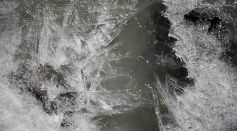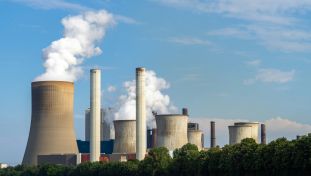ENVIRONMENT & CLIMATE

Severe Glacial Melt in Chinese Mountains Have Devastating Consequences
New Baby White Rhino Born at Disney's Animal Kingdom Theme Park
Goldfish Has Unique Genome That Makes It Purely Decorative

Genetic Evidence Confirms Two New Greater Glider Species
Zoo Monkeys in Finland Prefer Traffic Noise Over Nature Sounds
Short Online Game Increases Its Users' Resistance to Fake News

Metal Pollution From Mining Are Weakening Scallops and Damaging Marine Ecosystem
New Research Concerning Imposter Stars May Help Future Astronomical Studies
Australian White-Spotted Jellies Spotted Off the Coast of Myrtle Beach, South Carolina
Ancient Marine Creature Reveals the Events of the Permian-Triassic Mass Extinction
Invasive, Beach Ball-Sized Jellyfish That Damage Boats Seen on NC, SC Coast
Elderly Colorado Couple Slapped $400 for Luring and Feeding Bears
Pollutants in the Night: The Bonfire Pollution Problem
Duckbill Dinosaur Discovery Offers Insights on How Dinosaurs Crossed The Ocean
Most Popular

Microplastics Are Everywhere — How Plastic Pollution Threatens Wildlife, Soil, and Water

Brain Health Aging Guide: Effective Strategies for Cognitive Decline Prevention and Lower Dementia Risk

Mitochondrial Health and Aging: How Cell Energy Drives Modern Anti-Aging Science

How Scientists Use Radio Telescopes to Search for Alien Signals Across the Universe




